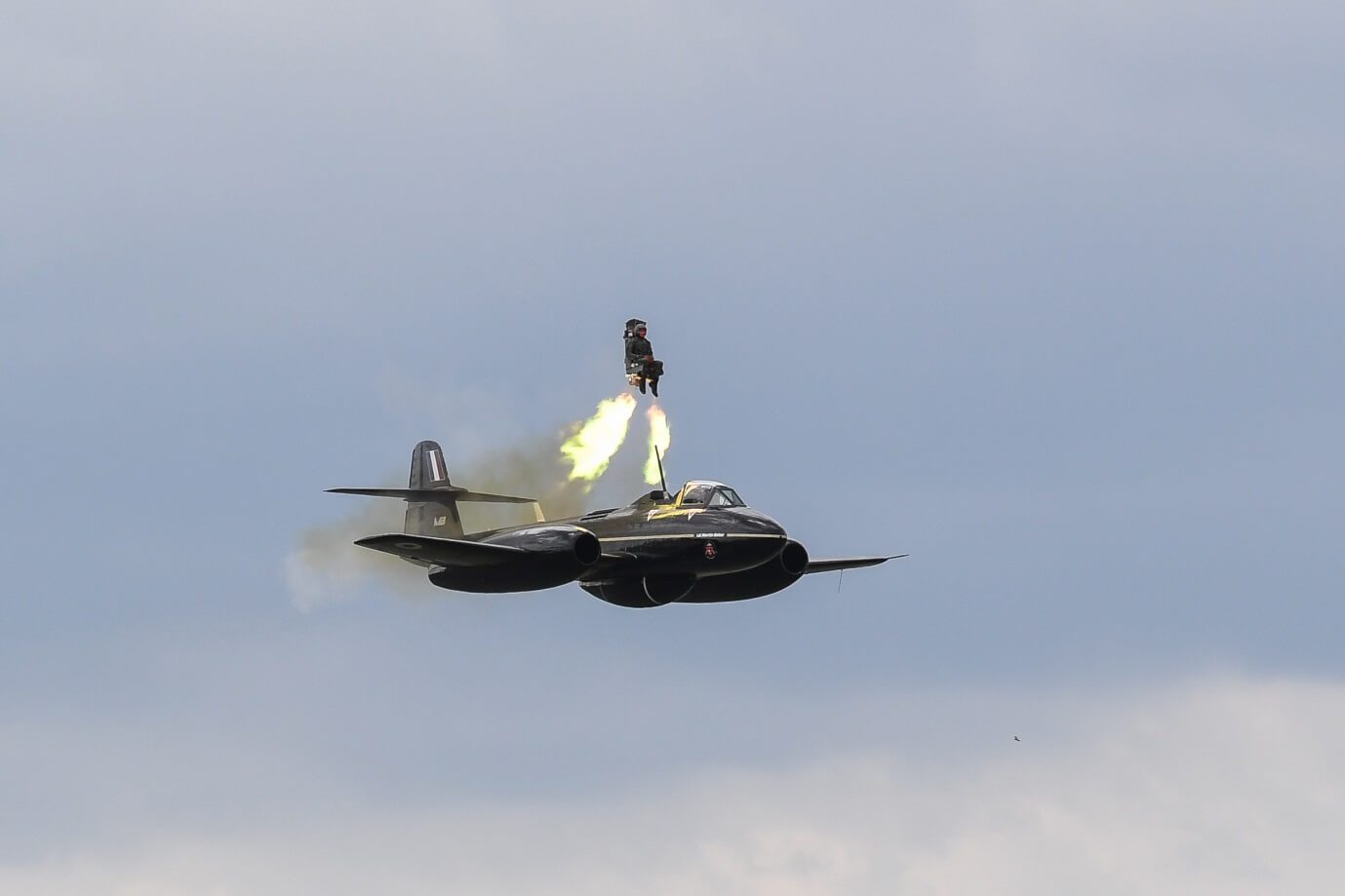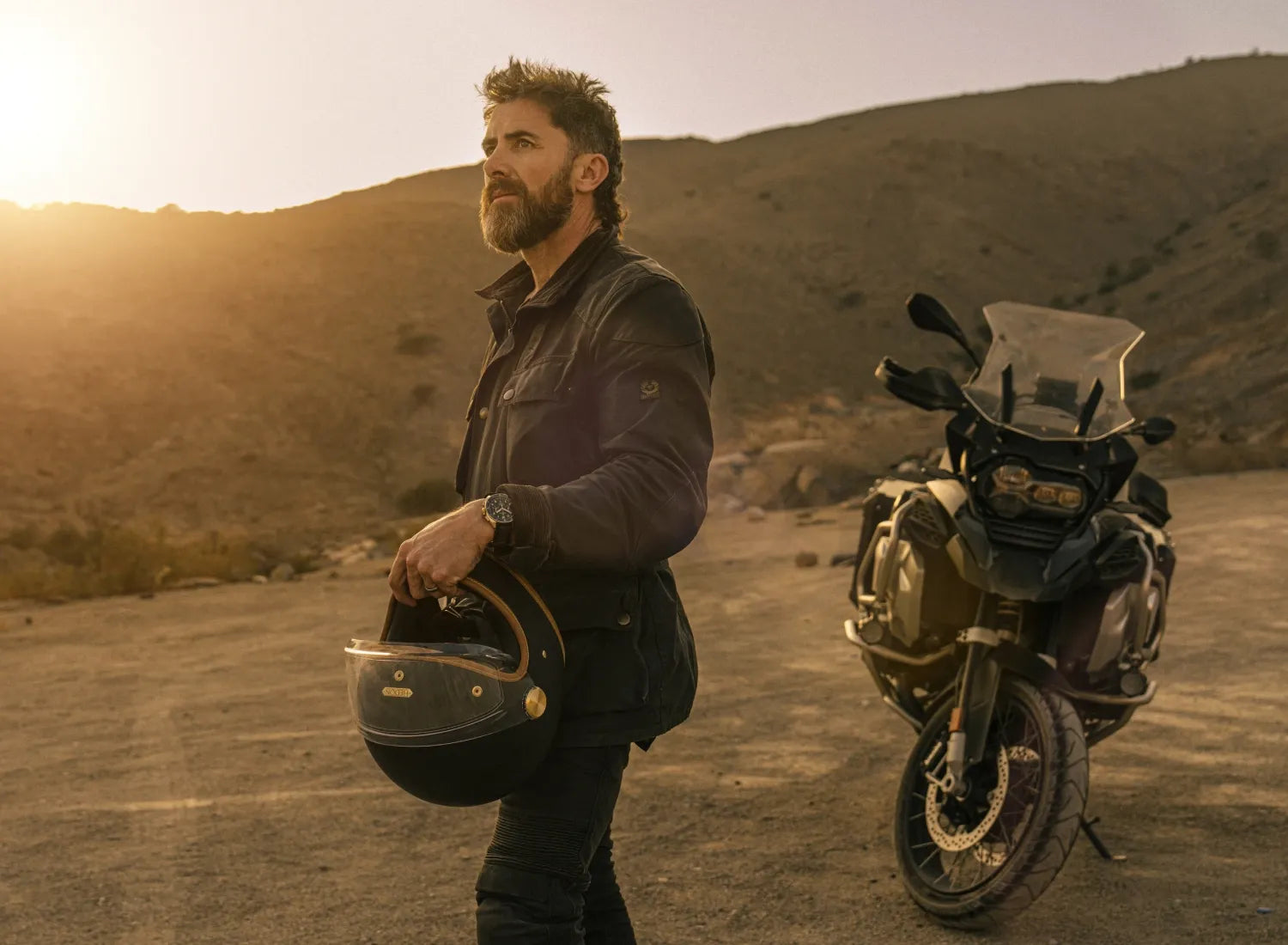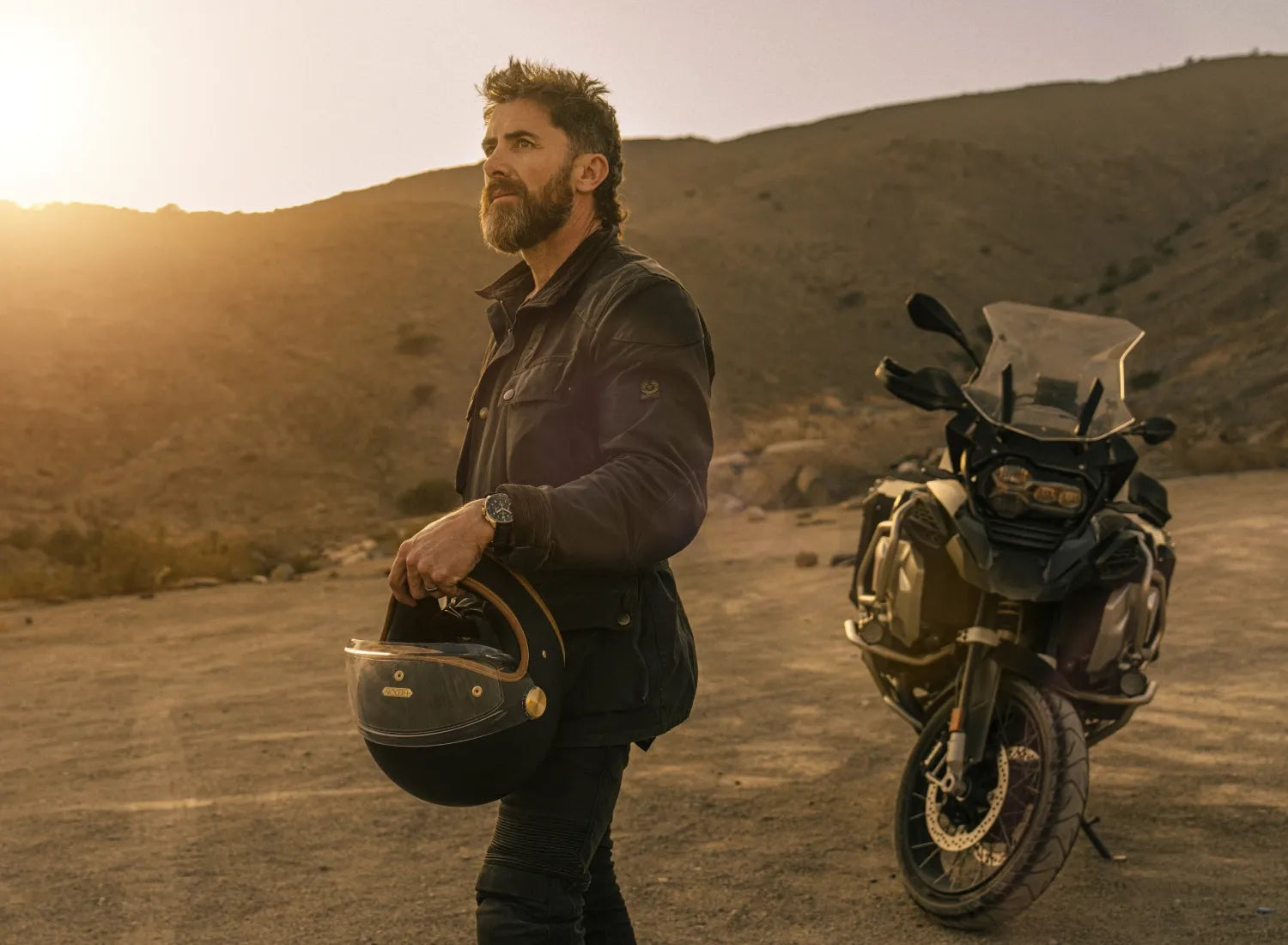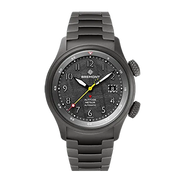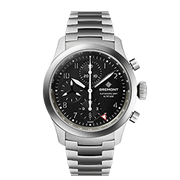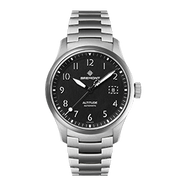Written by Linda Maloney
During my last year of high school, I took the Navy entrance examination and decided to enlist as an air traffic controller. My first duty station—Ford Island, Hawaii. Eight months into my tour, my supervisor, Senior Chief Dickinson, encouraged me to apply for an officer program, and I was accepted. I received a Navy ROTC scholarship at the University of Idaho and started college in the fall of 1982. Four and a half years later, 1986, I graduated with a degree in computer science and received my commission as a Navy ensign. A few months later, I started flight training to become a Naval Flight Officer (NFO) In most of my flight school classes, I was the only woman. I enjoyed flight training and did well. Fortunately, my previous time as an air traffic controller had given me added confidence, especially during the communications sections of training. After receiving my “wings of gold” and graduating from flight school, I was assigned to VAQ-33, in Key West, Florida, flying in both the EA-7 and EA-6A, both used to simulate enemy radars and enemy missiles to train Navy ships and combat aviators in electronic countermeasures.
 Northrop-Grumman EA-6A Intruder
Northrop-Grumman EA-6A Intruder
In February 1991, I flew with a senior pilot, LCDR Stan Parsons, in the EA-6A, alongside another EA-6A, providing missile simulations training for the USS Forrestal about one hundred miles off the Florida coast. Afterward, we headed to a nearby Air Force base to refuel, but as we started our climb to 15,000 feet, the plane appeared sluggish, and the pilot grew concerned. One of the hydraulic lights illuminated, indicating a hydraulic failure. I pulled out my pocket checklist, started the emergency procedures with the pilot, and, radioing the air traffic controller, declared an emergency. We changed course and headed to a Navy base, so we could make an arrested landing, because we potentially could not slow the aircraft down after landing, due to the hydraulic failure. To make an arrested landing, we would lower our aircraft’s tail hook enroute to the Navy base, and, after touching down on the runway, the hook would engage the arresting gear (a cable on the runway), causing the aircraft to rapidly decelerate.
“I don’t have control; EJECT.”
However, before we could finish our emergency procedures, the aircraft started to slowly roll to the right, and more hydraulic lights illuminated. The pilot tried to steady the jet, but it continued to roll. The pilot said, “I don’t have control; EJECT.” Initially stunned to hear those words, I paused. He repeated, “EJECT!” I pulled the lower ejection handle, and I remember a flurry of yellow papers (from my kneeboard card) flying around, and then my ejection seat exploding through the canopy glass. The pilot ejected seconds later.
I lost consciousness briefly. When I came to, I was hanging in my parachute, descending toward the ocean. In the water, I climbed into my raft. About an hour later, I was rescued by a helicopter search-and-rescue swimmer, AT2 Steven Wishoff. In the helicopter, we traded name patches, and I still have his nametag preserved in a scrapbook with all of my military memorabilia.
I sustained no major injuries following the ejection except for cut and swollen hands since I had not been wearing my gloves (as I should have) during the flight. I was back up flying a few weeks later and felt some trepidation climbing up into the cockpit. I pushed the fear aside, strapped back in and concentrated on the mission.
 Linda the day after the ejection
Linda the day after the ejection
Unbeknownst to me, I was the first woman to eject from the Martin Baker Ejection Seat out of 6,000 previous ejections. Weeks later, I received a call from a Martin Baker representative congratulating me on a successful ejection. He also asked me if I wanted the commemorative Martin Baker tie that they bestowed upon all Martin Baker ejectees, or something else since I was their first woman ejectee. Not sure if I wanted a tie, I left it up to the company. Soon after, I received a letter in the mail inviting me to England to officially receive a Martin Baker pewter pin specially designed for the first woman ejectee, to be presented by Diana, Princess of Wales. The Navy denied my request to travel to England for the presentation, stating that military members couldn’t be perceived as endorsing a company or product.
I think I am more fearful of the ejection now looking back on it. I was young and fearless at the time of the ejection (and also didn’t have a family) so I don’t think I realized the danger of ejecting out of an aircraft at 15,000 feet. The military trained us so well, though, that I really just went through the steps and I counted on my ejection seat. I am extremely thankful that I survived the ejection, thankful that I’ve had the opportunity to get married and have a family. My kids are the best thing that I’ve done in my life.
In April 1993, the combat exclusion law was repealed and I joined a combat squadron at Naval Air Station Whidbey Island, WA and flew in the EA-6B “Prowler.” Flying on and off the carrier was both exciting and dangerous. I frequently walked up on the flight deck in pitch-black conditions to preflight the aircraft before a flight. With other aircraft engines turning and the waves splashing high alongside the ship, those nights seemed surreal and dangerous, but were equally exciting and challenging.
After my squadron tour was up, I transferred to Washington, D.C., and I spent the next few years trying to decide if I would return to flying. As much as I loved my career, my desire to have a family was a higher priority. The next year, I met my future husband, Dan. We married in 2001 and Dan moved to Maryland where I was stationed at Naval Air Station Patuxent River. We had our son, Ethan, in 2003, and then, three years later, had our second son, Aron. What incredible joy they have brought to our lives! I hung up my flight suit officially in 2004 when I retired from the Navy.

Martin-Baker is a British aviation company responsible for supplying 70% of the world’s Air Forces with fighter ejection seat technology.
I am honored to be the first woman Martin Baker ejectee and part of the Martin Baker Ejection Club, ejectee #4346. Most of all, I am grateful that my seat worked as advertised. My pilot, Stan Parsons, and I, every year on Feb 11, call, email or text to say, “Happy Anniversary.”
It is such a great honor to be part of this special group, fellow military men and woman who have served or who are serving in in their country’s militaries. It is also such a great legacy to pass down to my kids. Not many kids can say, “my mom flew in the military, she ejected over the ocean and she was the first woman to eject from a Martin Baker seat”
 Linda's Bremont MBI
Linda's Bremont MBI
My husband and kids surprised me with the Bremont MBI watch last year with a special engraving on the back of the watch LHM 021191 #1.
Wearing the watch reminds me of my military service and it is a reminder to be grateful for life! It also offers me an opportunity to share with others why serving in the military was one of my greatest honors and also to share my ejection story!

BREMONT & MARTIN-BAKER
Martin-Baker is a British aviation company responsible for supplying 70% of the world’s Air Forces with fighter ejection seat technology. They first approached Bremont to create the definitive aviation watch in 2007. More than simply putting a logo on an existing model, the watch had to withstand the same rigorous testing programme as the ejection seats themselves. Two years later, the Bremont MBI was born. The limited edition MBI remains solely for pilots who have ejected from an aircraft using a Martin-Baker seat whereas the MBII and MBIII are available to all.

ABOUT LINDA
Linda was born and raised in Pittsburgh, PA, as were her parent, her grandparents and several generations before her. She graduated from high school in 1979 and the joined Navy at the age of 17 as an air traffic controller. She was selected for a Navy ROTC scholarship in 1982 and attended the University of Idaho, subsequently earning a Bachelor of Science in computer science and a commission in the Navy in 1986. She entered flight school in July 1987 and was designated a Naval Flight Officer (NFO) in October 1988. She served 20 years in the Navy and was one of the first women in U.S. history in 1993 to join a combat military flying squadron. She is the recipient of numerous military awards, including the distinguished air medal for combat, awarded for flights flown over Southern Iraq in support of the no-fly zone during her deployment to the Arabian Gulf. She also was the first woman to eject from a Martin Baker ejection seat from her A-6 aircraft in 1991 over the Atlantic Ocean. She retired from the Navy in 2004 and started her second career as a defense contractor, author and business owner. Linda also holds an MBA from DeVry University, Keller School of Management.
Her first book - Military Fly Moms ~ Sharing Memories, Building Legacies, Inspiring Hope, was published in 2012, and is a biographical collection of the inspiring true stories and photographs of seventy women who shared the same two dreams—becoming aviators in the military, and being moms. Military Fly Moms was awarded the Military Writers Society of America 2012 Creative Nonfiction Gold Medal Award and 2012 Stars and Flags Literary Award.

